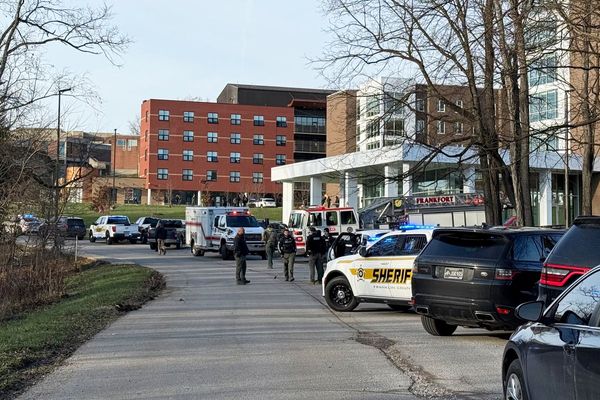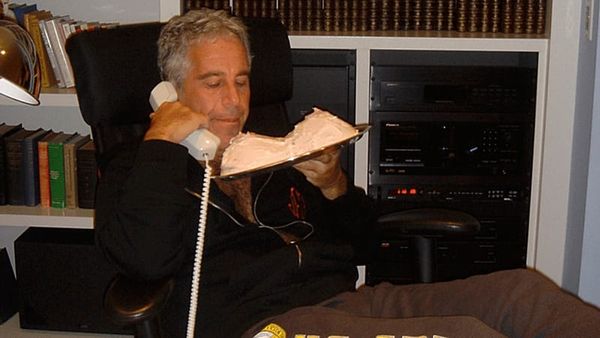Tesla may be the software king, but Rivian is emerging as the new underdog the industry is increasingly paying attention to.
A few weeks ago, Rivian inked a deal with the Volkswagen Group to license its software and electrical architecture. Recently, the startup also introduced huge upgrades to the second generation R1S and R1T. One of those upgrades included adding a lithium-iron phosphate (LFP) battery pack for the base version, dramatically improving its charging times.
Get Fully Charged
Why charging speeds matter
Charging an EV takes more time than refueling a gas car. It's because discharging electrons from a charging station at a high voltage, consistently and safely, is no easy task. However, charging companies, battery makers and automakers are finding ways to speed up the process.
InsideEVs’ pal and EV expert Kyle Conner, the host of the YouTube channel Out of Spec Reviews, had the opportunity to investigate the charging curve of the 2025 Rivian R1S twice this month. He did that before and after the new R1S received a software update. What he found was charging times significantly improved after the software update and concluded that the standard battery would be the “sweet spot” for most buyers.
Battery health and data start-up Recurrent says that LFP chemistry offers major advantages over traditional nickel-manganese-cobalt packs. That includes more durability and a higher operating voltage, cost advantages in raw material sourcing and manufacturing, omission of conflicted materials like cobalt and slower degradation. There are some downsides, though. They include lower energy density, lower range and slower charging in winter. But several EVs, including the rear-wheel-drive Tesla Model 3, use LFP packs as the advantages can largely outweigh the drawbacks in certain use cases.
Gallery: Rivian R1S







When Conner first plugged the new R1S into the Alpitronic Hypercharger 400, it took about 1 hour and 15 minutes to go from 0-100%. Rivian recently pushed a software update and that has reduced that charging time by about 15 minutes, Conner said. Going from flat to 100% in slightly under an hour means the base R1S is now the fastest charging trim.
During the charging test, the R1S reached a peak charging rate of 218 kilowatts, holding over 200 kW between 5-25%. Then it began tapering at around 40%. What’s impressive is that it can add roughly 90 miles of range in 15 minutes. At least theoretically, that should make it a pretty good road-tripping companion. In the range test, it delivered about 240 miles on the highway, about 30 miles less than Rivian’s claimed range of 270 miles in mixed city and highway driving. It has a usable battery capacity of 92.5 kilowatt hours.
By comparison, the first generation Rivian R1T and R1S charged from 10-80% in about 40-45 minutes in InsideEVs testing. Charging speeds slowed significantly after the 80% mark. Early launch edition models with the large 128.1 kWh pack charged from 10-90% in 72 minutes in Car and Driver testing.







